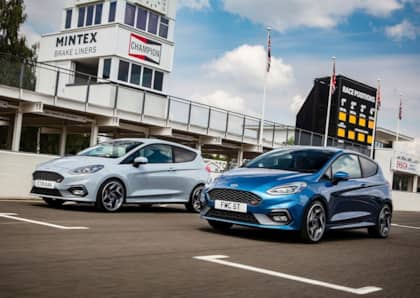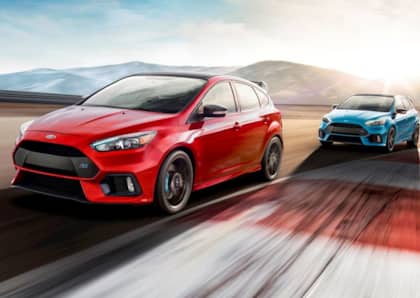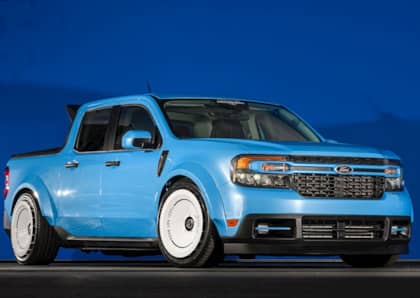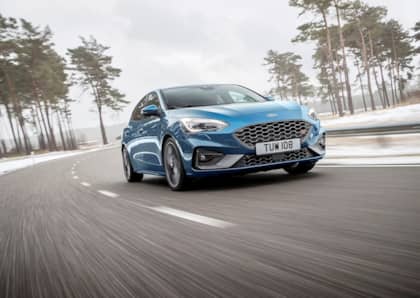10 Years of EcoBoost Pt.1: A Guide to Ford's Turbocharged 1.0L, 1.6L, 2.0L and 2.3L Engines
This year marks the 10th anniversary of Ford’s turbocharged EcoBoost engine, which was first introduced in 2009 as a way to improve both the fuel efficiency and performance of its cars and trucks. First appearing stateside in the form of a 3.5L twin turbo V6, the EcoBoost family has gone in to take many forms, and these days the engines can be found under the hood of everything from the humble little Fiesta to the halo car Ford GT.
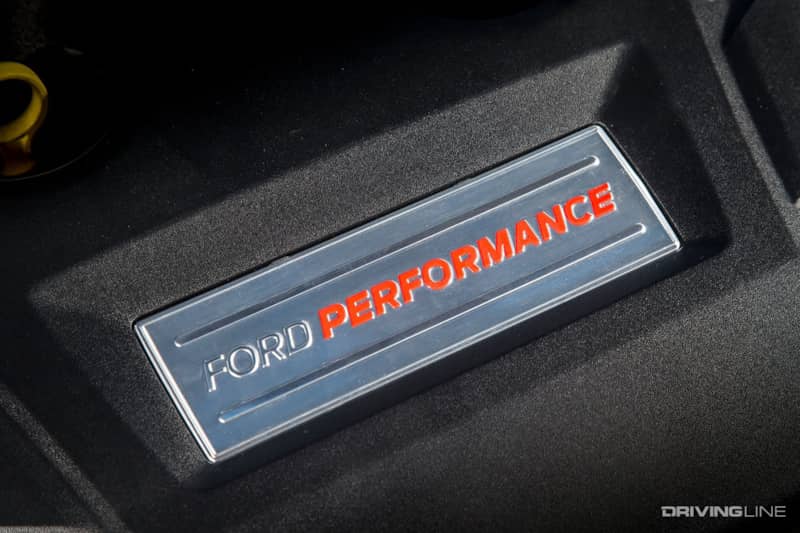
While there will always be those who favor traditional, naturally aspirated engines over their turbocharged counterparts, there’s no doubting what the adoption of the EcoBoost engine has done for Ford’s performance credentials.
So with that in mind we thought we’d take a look down the line to break down and compare some of the most enthusiast-friendly variants of the EcoBoost family, starting with the smaller displacement three- and four-cylinder engines.
1.0L EcoBoost Three-Cylinder
There was a time when a three-cylinder engine was considered a joke, found only in underpowered cars that put fuel economy above all else. A lot of that reputation started to change when Ford introduced its pint-sized turbocharged 1.0L EcoBoost three-cylinder to the North American market in 2014.
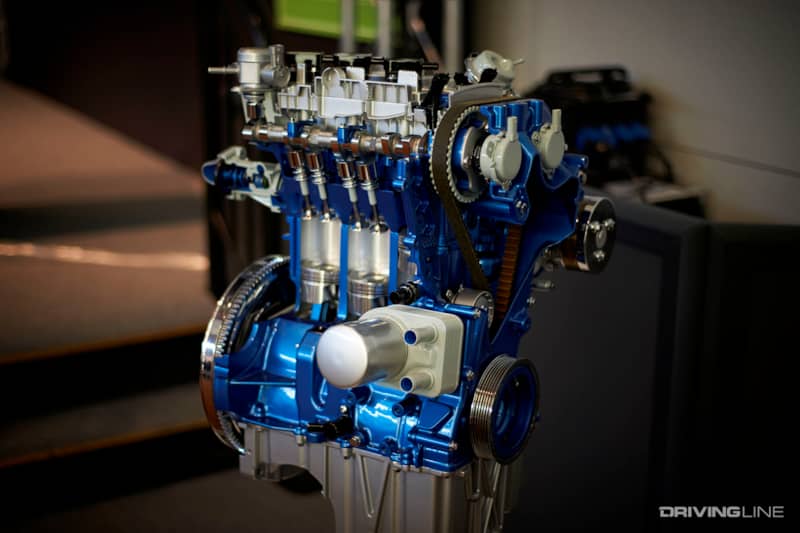
Available in certain trims of the Fiesta, Focus and later the EcoSport crossover, the 1.0L EcoBoost naturally offered superior fuel economy when compared to a larger four-cylinder engine. Depending on its exact application, the 1.0L EcoBoost makes about 123hp and up to 148 lb-ft of torque.
It was also surprisingly fun to drive when mated to manual transmission and powering a lightweight car like the Fiesta. While it may not win any drag races, there’s ample amount of torque for an engine of its size and a flat powerband you typically wouldn’t associate with an economy car.
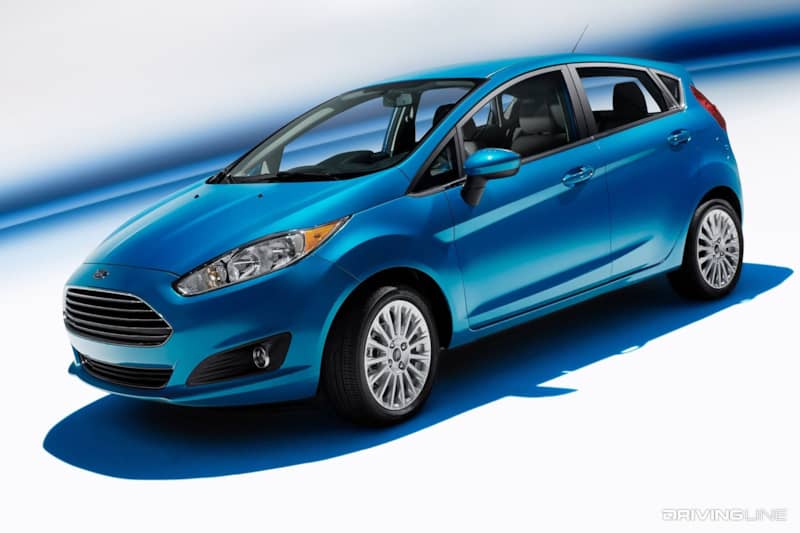
In fact, the little engine was so capable that Ford even used it to power an open-wheel formula car that set a Nürburgring record for a three-cylinder vehicle. The turbocharged "triple" also provides a unique exhaust note that is quite different than your typical four-cylinder engine.
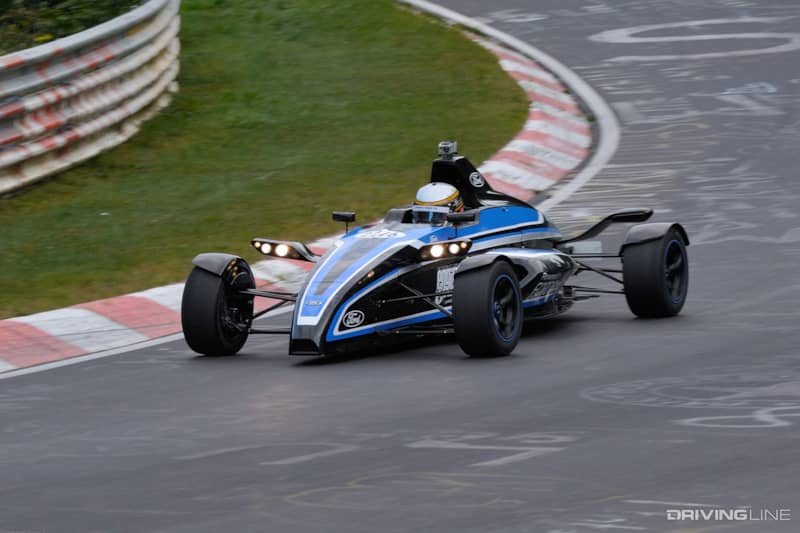
From an enthusiast standpoint, the biggest drawback of the 1.0L EcoBoost in the U.S. is the lack of aftermarket support. In Europe there are aftermarket tunes and upgrade parts available, but because the engine is relatively rare here in the states, it lacks the aftermarket backing of the larger EcoBoost motors.
1.6L EcoBoost
Moving up the chain, we get to the 1.6L EcoBoost four-cylinder engine. Ford also offers 1.5L variant of the EcoBoost four cylinder, but the 1.6L is the one with the enthusiast credentials. In many Ford products, the 1.6L EcoBoost became the defacto replacement for larger naturally aspirated four-cylinder engines, but the application where this powerplant shines the most is the 2014-2019 Fiesta ST.
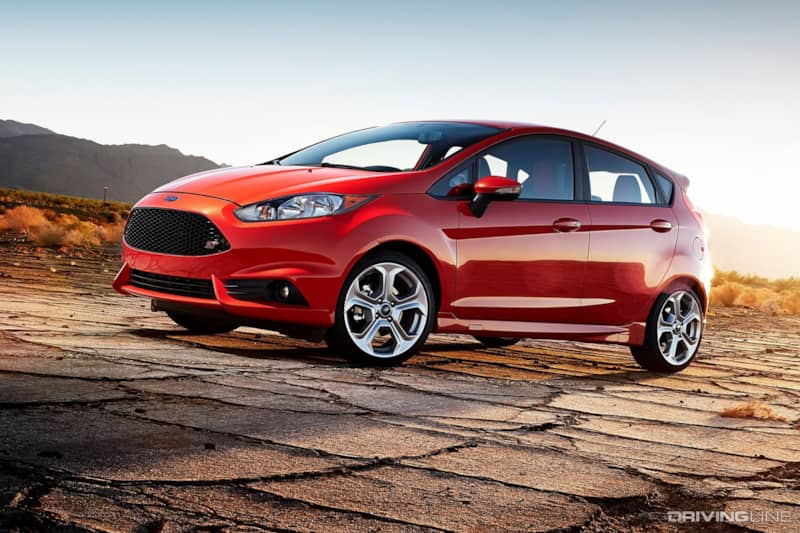
In the North American market Fiesta ST, the 1.6L EcoBoost makes 197hp and 214 lb-ft of torque, and given the popularity of the ST as an entry level hot hatch, this powerplant enjoys a healthy amount of aftermarket support.
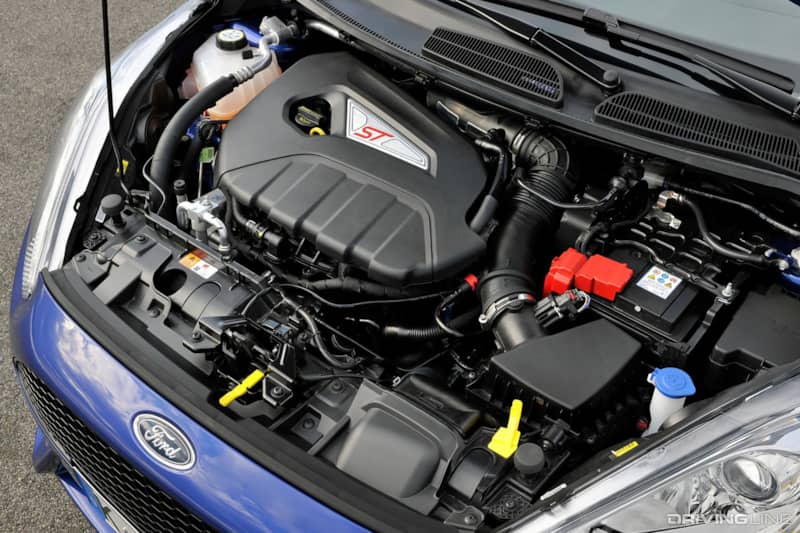
There are a number of companies offering upgrade parts and tunes for the 1.6L EcoBoost engine in the Fiesta ST. Mountune USA, for example, offers its MR230 package, which includes upgraded exhaust system, intercooler, intake and a revised ECU tune that raises output to 227hp and 250 lb-ft of torque. At $2,499 for the whole kit, it offers a nice bang for the buck.
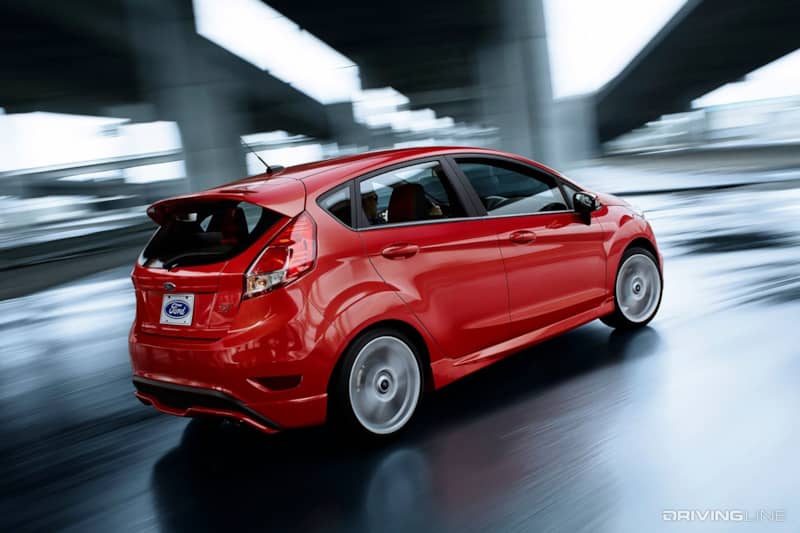
There are also options for those who want take their little 1.6L pocket rockets even further, like the Mountune MR280 that features a larger turbocharger and raises output to 286hp and and 275 lb-ft of torque. The price for the kit including a Cobb Accessport tuner comes in a little over $3,300.
2.0L EcoBoost
Over the last decade, the turbocharged 2.0L four-cylinder has become "the new small block V8" in terms of its popularity and variety of uses, and the EcoBoost 2.0s have found their way into many different Ford and Lincoln cars and crossovers.
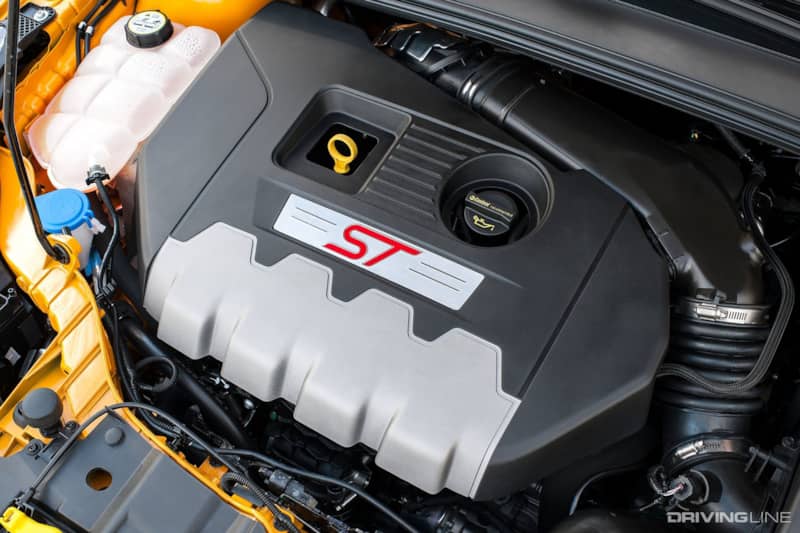
While cars like the Fusion, Escape, Edge and Lincoln MKZ might not be popular platforms for modification, there are companies like Livernois Motorsports that offer upgrades for many different 2.0L EcoBoost applications if you ever wanted to add some extra muscle to your Ford family hauler. Depending on the specific mods, you can get close to 300hp for not a whole lot of money.
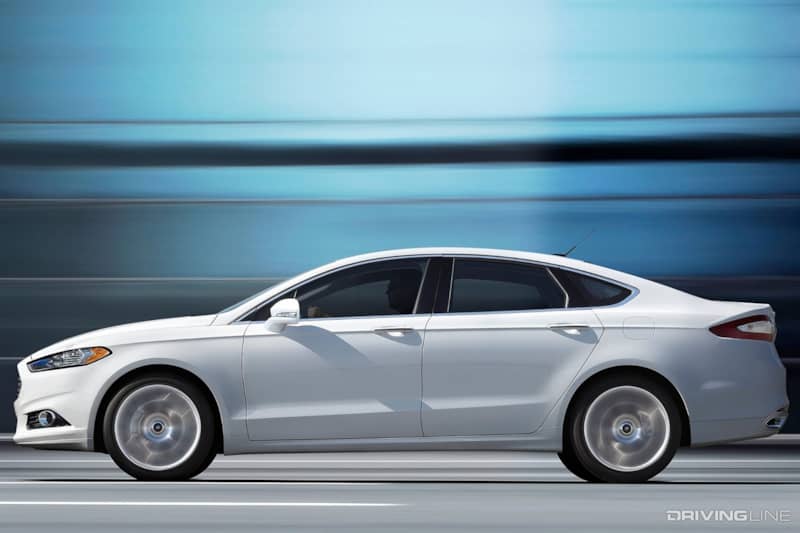
For the most part, the 2.0L EcoBoost engine can be seen as the modern equivalent of the V6 option for Ford family sedans and crossovers, but for the U.S. market the most exciting application of the 2.0L EcoBoost was in the 2013-2018 Focus ST. In this guise, the 2.0L made 252hp and 270 lb-ft of torque and came mated exclusively to a six-speed manual transmission.
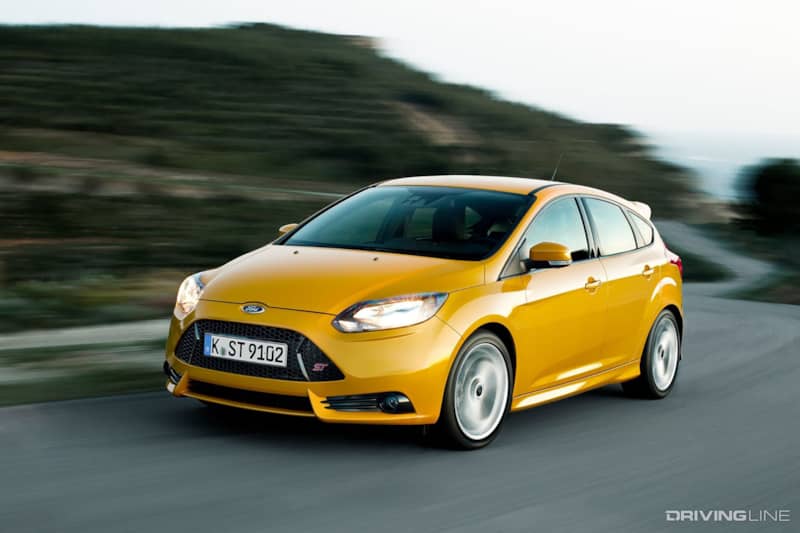
Like its smaller Fiesta ST cousin, the Focus ST also has a lot of aftermarket support. There are a number of packages available to get easy power from Focus ST including Mountune's 275hp MP275 package at $2,000 and an MR300 package that boosts numbers to 300hp and 350 lb-ft of torque for a little under $3,000.
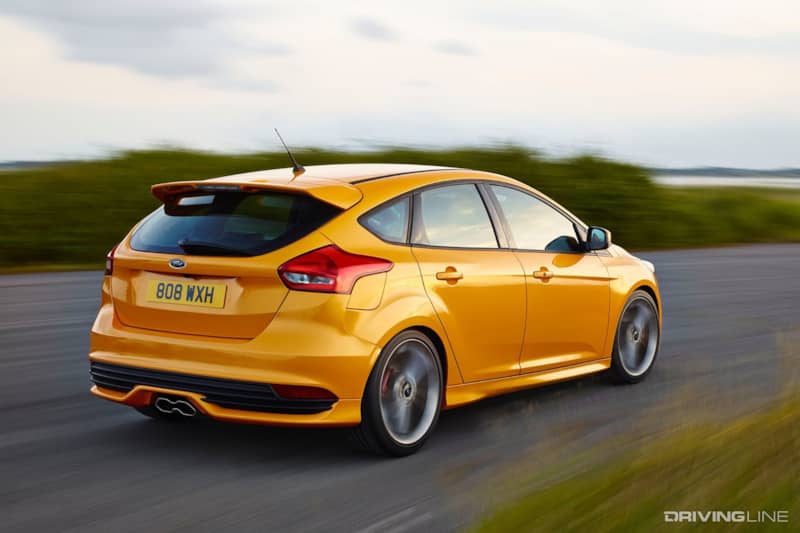
From there you can go even further with more serious engine upgrades and a larger turbocharger. It will simply be a matter of how much you want to spend and how streetable you want your car to be. In terms of power potential, the 2.0L EcoBoost certainly isn't lacking.
2.3L EcoBoost
Finally we get to the big boy of the EcoBoost four-cylinder family and perhaps the most versatile of the bunch. Not only does the 2.3L EcoBoost appear in everyday vehicles like the Explorer and the reborn Ford Ranger, it's also the volume engine for the Mustang and the powerplant for the red hot Focus RS.
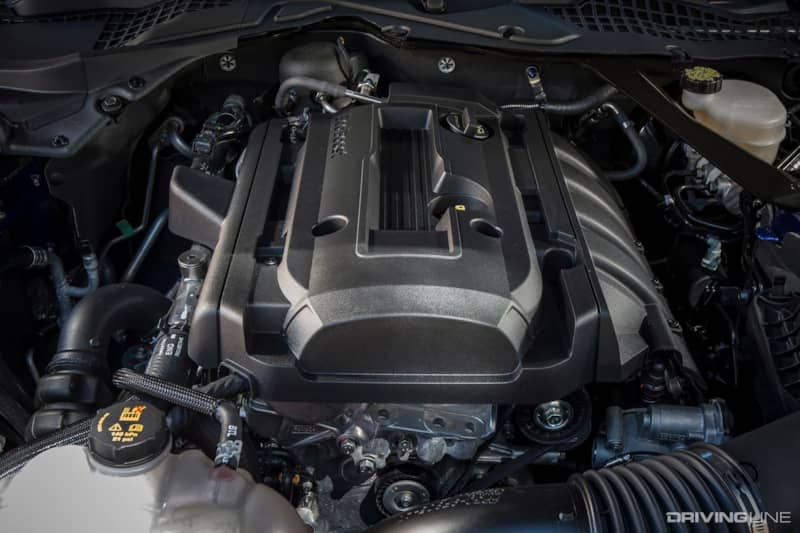
Even the workhorse Ranger has some aftermarket potential thanks to its use of the 2.3L EcoBoost. Livernois Motorsports currently offers a touch tuner that adds up to 80hp and 100 lb-ft of torque to the midsize pickup for the affordable price of $599.
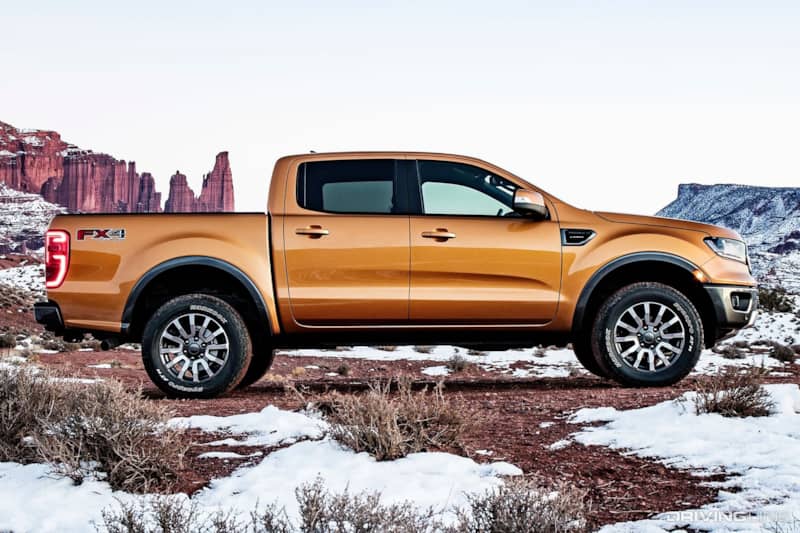
With the launch of the redesigned S550 Mustang in 2015, the 2.3L EcoBoost also became the most common engine for America's original pony car. While it may be lacking power when compared to the V8 Mustangs, the EcoBoost Mustang offers a whole lot upgrade potential and a unique driving experience.
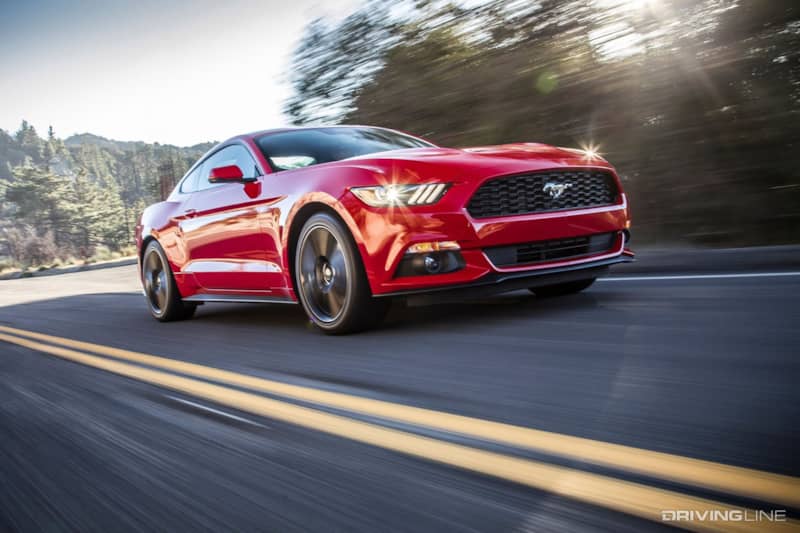
For 2019, the Mustang EcoBoost makes 310hp and 350 lb-ft for torque, and the aftermarket has a variety of options for those looking to go further. Ford Performance even offers a warranty-friendly upgrade package that adds 25 peak horsepower and 70 lb-ft of torque. Big turbos and upgraded engine internals can you take your EcoBoost Mustang even further, well into the 500hp range if you are so inclined.
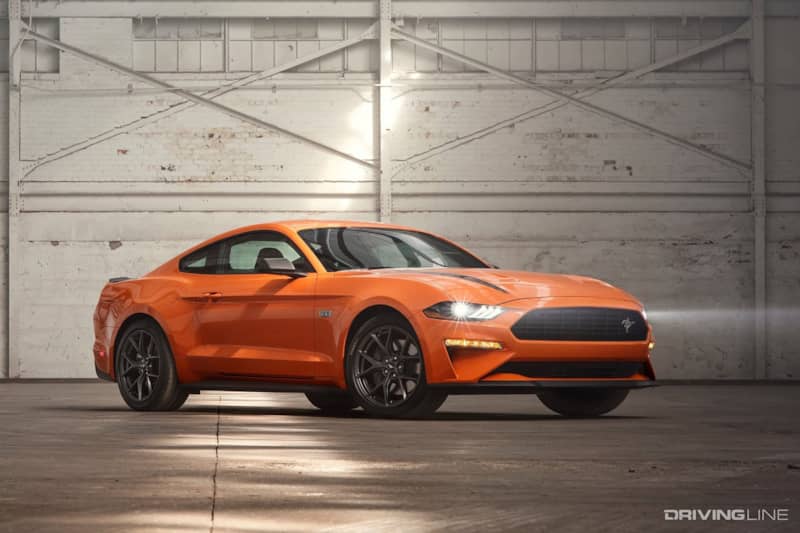
Then you've got the upcoming 2020 EcoBoost Mustang Performance Package that ups the factory output of the 2.3L to 330hp, in addition to the other handling and aerodynamic upgrades it provides.
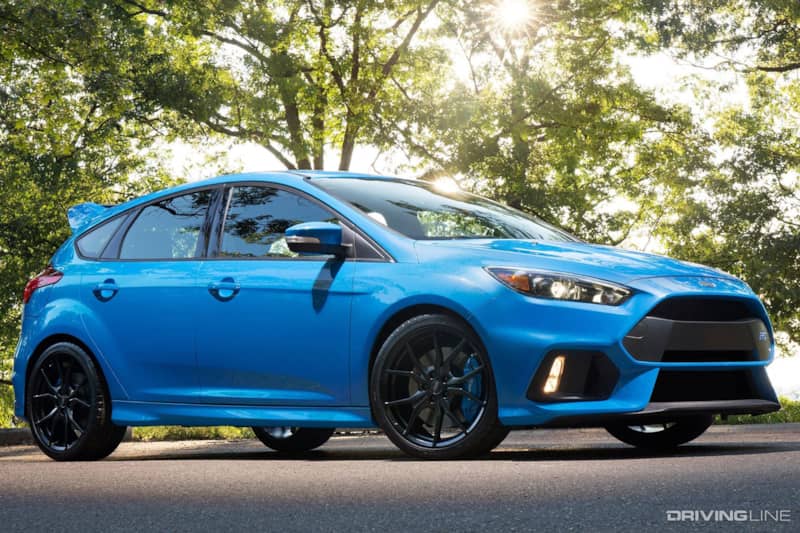
Last but not least we get to the alpha of the 2.3L EcoBoost family, the now-departed Focus RS. In RS trim, the 2.3L EcoBoost was honed by Ford to make a solid 350hp and 350 lb-ft of torque for one of the hottest hatchbacks ever to wear the blue oval badge.
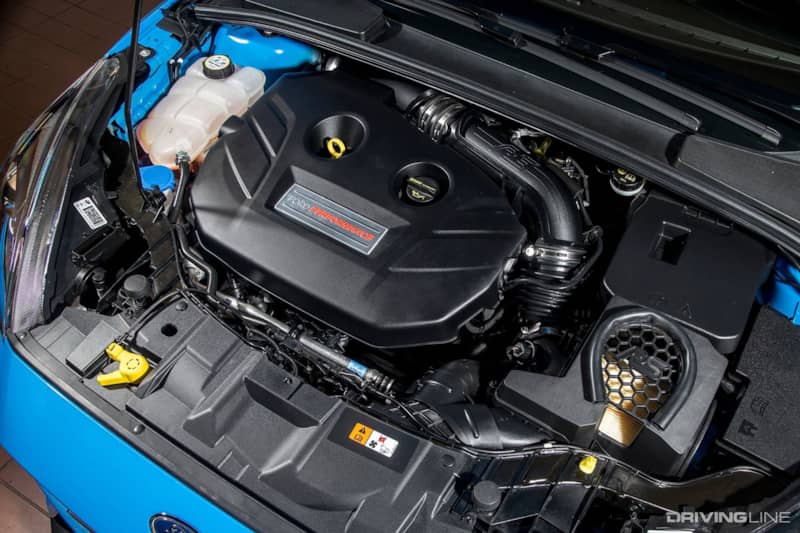
Despite being packed with performance from the factory, the 2.3L EcoBoost in the Focus RS can get even more powerful with aftermarket help. For example, Mountune's $1,200 MR380 package bumps horsepower up to 380, and their MRX turbo upgrade can produce up to 550hp with supporting upgrades.
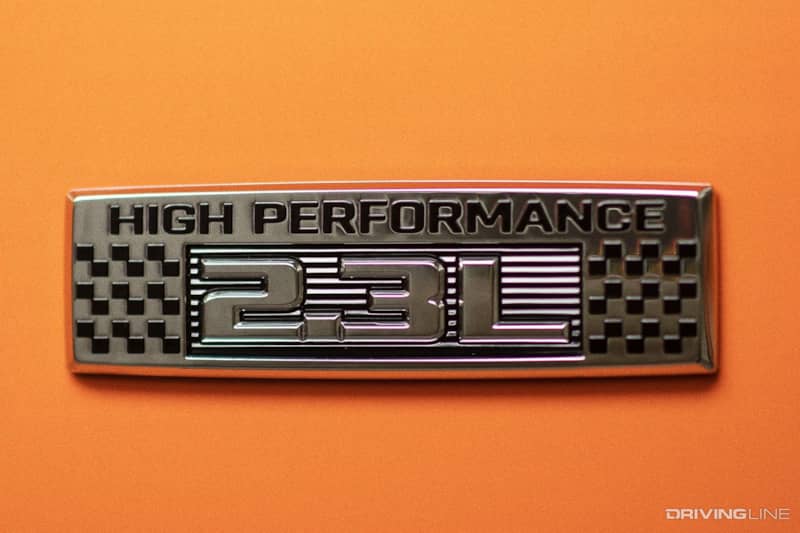
While Ford's smaller displacement EcoBoost engines have had a great run up to this point, the next ten years will likely be different—at least for those of us in North America. With Ford's decision to stop selling small cars and sedans here, some of the best EcoBoost-powered enthusiast vehicles will no longer be available. We'd absolutely love to see Ford have a change of heart and at least offer the ST and RS models of their small cars here as specialty products, but the odds don't look good.
If larger displacement EcoBoost engines are your jam, there's still a lot to be excited about, and we'll be back soon with part two to take a look at the six-cylinder EcoBoost offerings.




